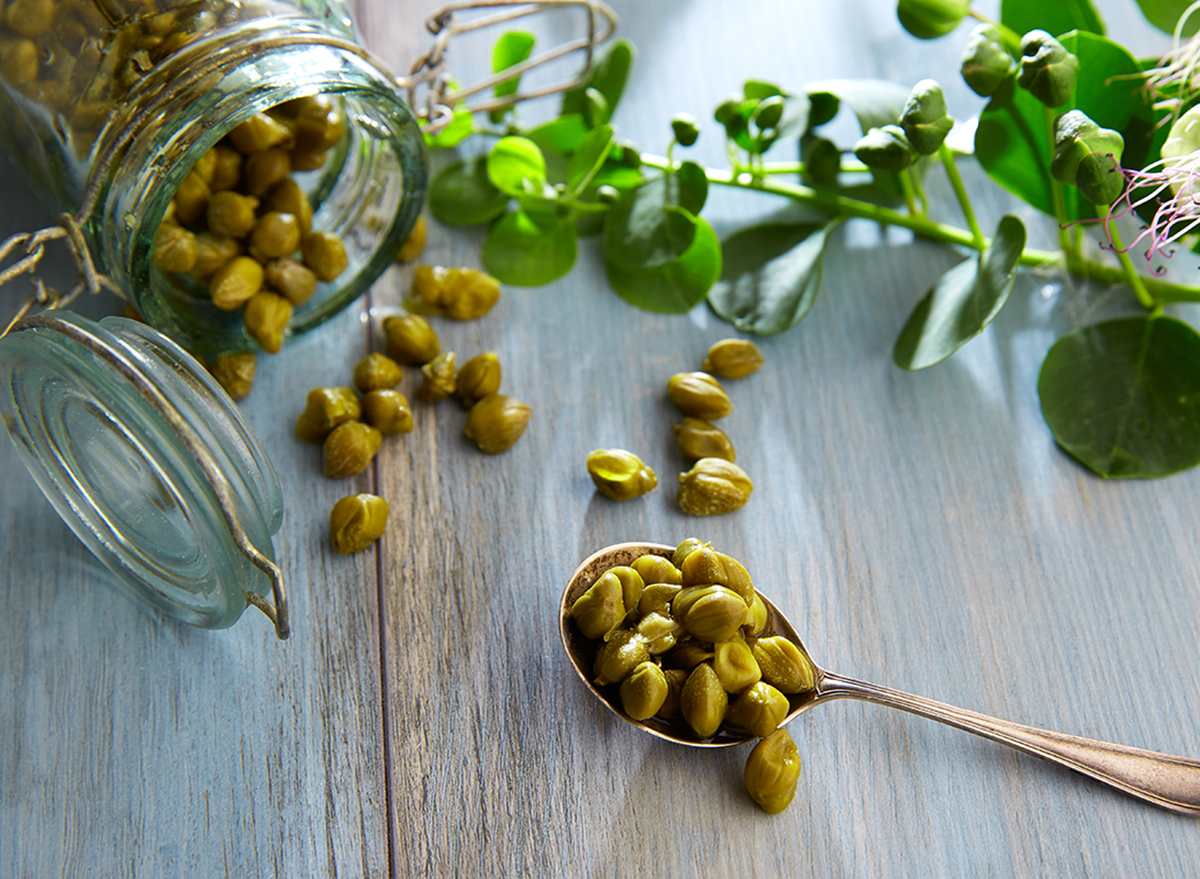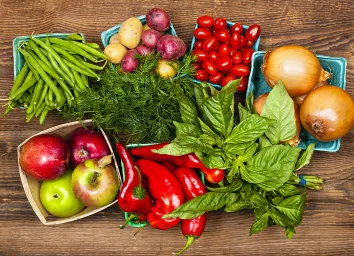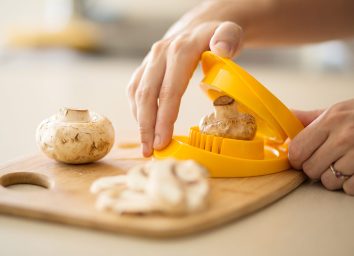What Are Capers Exactly—and How Can You Cook With Them?

You’ve seen them on everything from pasta to tuna salad to fish. That’s right: we’re talking capers. Whether you’ve never heard of them or you just ate them, you’re here because you’re wondering: what are capers exactly?
For those who have tried capers, they can attest that there truly is nothing quite like them. Capers have a distinctive pickled, tart, and salty taste.
To get the nitty-gritty behind what are capers, their nutritional benefits, and how to use them, we consulted Chef Joshua Dalton of Veritas in Columbus, Ohio and registered dietitian and chef Jessica Swift, RD.
What are capers?
“[Capers] are the bud of a flower that originated from the Mediterranean,” says Dalton. Essentially, when you nosh on a few of these tangy, pea-sized buds, you’re technically eating premature flowers from the Capparis spinosa plant or, the caper bush, which produces wild, yet ornamental pinkish, purple, and white flowers.
The buds are plucked from the plant just before they flower in the spring.
Don’t confuse capers with caper berries. There is a notable difference.
“There are caper berries—larger pods that look like a teardrop olive—and capers,” he says. “Caperberries are about the size of an olive. Capers (or caper buds) are about the size of a small pea. The berries are what grow after the plant has already flowered, and the petals have peppered the ground, and they’re considered a fruit. Capers, remember, are buds.”
What do capers taste like?
Capers add a floral, tangy, and salty flavor to dishes. They are salty because of the way manufacturers process and store them. “Capers are brined or packed in salt, which is where the flavor comes from.”
How do you use capers in recipes?
“You can use them in any kind of seafood preparation or anywhere that you want to add salt. [They] are a great agent for salt in a pan sauce,” says Dalton.
“You can fry them and use as a garnish for beef carpaccio or use them in dishes like eggplant caviar or as a garnish on top of fish.” He suggests frying them until they’re crispy before sprinkling them onto your dish.
Some common recipes you’ll find capers used in include:
- pasta puttanesca
- bagel and lox
- tuna salad
- chicken piccata
- lemon caper butter pan sauce for fish or scallops
Are capers good for you?
“[They] not only add noticeable flavor to any dish, but also give you some nutrients such as copper, fiber, and, believe it or not, a small amount of protein,” says Swift.
Swift says the piquant flavor comes primarily from the salt. More specifically, just one tablespoon of capers consists of 202 milligrams of sodium, which is about 9 percent of your daily needs. This might not sound like a lot, but if you’re garnishing this salty ingredient on top of an already sodium-filled pasta sauce or a seasoned piece of fish, the number could get high very quickly.
Nonetheless, you should become familiar with capers, as they serve as a nice accent to any savory dish!








